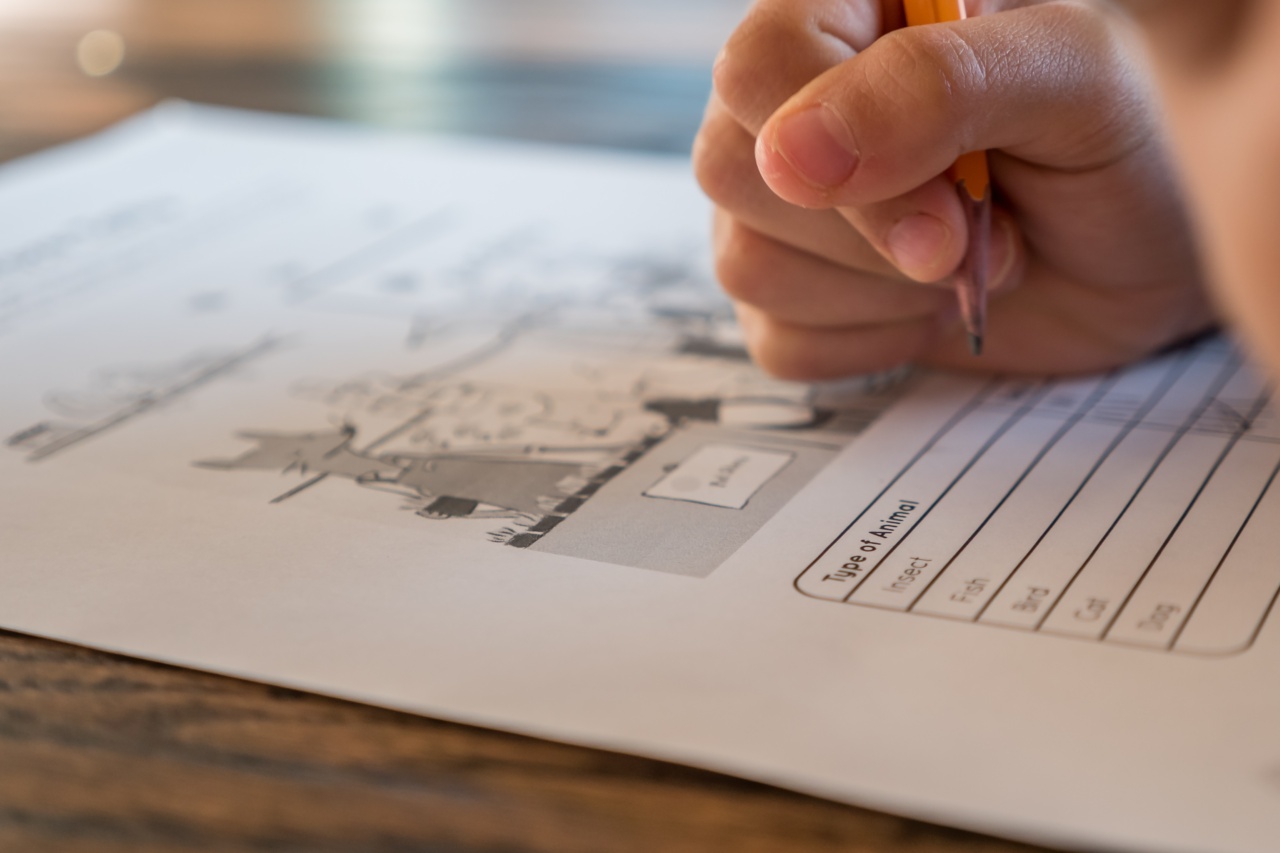As technology continues to advance, many schools are shifting towards digital learning. While technology has its perks, it is essential not to overlook the value of handwriting.
Recent studies have shown that writing by hand can have a positive impact on children’s cognitive development. In this article, we will explore why handwriting is crucial and how it can make kids smarter.
1. Enhancing Memory
When children write something down by hand, they engage various parts of their brain. These include the motor cortex, which enables the hand movements, and the visual cortex, which processes information from the eyes.
This combination of sensory experiences reinforces memories in a way that typing does not. Research shows that students who take handwritten notes often have a better recollection of the material than those who type their notes.
2. Improving Reading and Writing Skills
Learning to write by hand helps children develop essential skills such as spelling and sentence structure. Writing by hand also improves reading comprehension.
Research published in the journal Frontiers in Psychology found that children who learned to write by hand had better reading skills than those who didn’t. Handwriting practice involves fine motor skills and hand-eye coordination, which stimulates the neural pathways responsible for reading and writing.
3. Enhancing Creativity and Critical Thinking
Handwriting creates a more personal connection between a child and their words. By writing by hand, kids can explore their thoughts and experiment with different ideas without the limitations of a keyboard.
Studies suggest that people tend to be more creative when they write by hand. Additionally, writing by hand can strengthen a child’s critical thinking skills by forcing them to slow down and think through their ideas more carefully.
4. Developing Fine Motor Skills and Hand-Eye Coordination
Writing by hand also allows children to improve their fine motor skills.
Practicing handwriting can help children develop better hand-eye coordination, which improves their ability to perform daily tasks such as tying shoelaces and cutting with scissors. Handwriting exercises can also help children who have difficulties with coordination or motor skills.
5. Improving Brain Development
Learning to write by hand can promote brain development in several ways. Handwriting exercises stimulate neural activity in areas of the brain associated with reading, writing, and comprehension.
Handwriting can also help improve memory and retention, as mentioned earlier. Furthermore, research suggests that handwriting can improve attention and focus, which can positively impact a child’s performance in school.
6. Boosting Self-Esteem
Writing by hand can give children a sense of pride and accomplishment. It takes time and effort to perfect handwriting, and when children can write neatly and legibly, it can boost their self-esteem.
Learning to write by hand can also give children a sense of independence and control over their learning.
7. Helping with Language Learning
Children who are learning a second language can benefit from handwriting practice.
Writing by hand can help improve phonetic awareness, which can be especially useful for non-native speakers who are learning to distinguish between sounds in a new language. Handwriting practice can also help children learn to write new words and improve their spelling.
8. Developing Emotional Intelligence
Writing by hand can be an effective way for children to express their thoughts and feelings. It can serve as a cathartic activity that allows them to work through emotions and gain insight into their own feelings and behaviors.
Writing can also help children develop empathy and improve their communication skills.
9. Encouraging Mindfulness and Relaxation
Writing by hand can have a calming effect and help children relax. The repetitive motion of writing can be meditative and help children focus on the present moment.
Research has shown that handwriting can help reduce stress and anxiety in both children and adults. Writing by hand can be an excellent tool for teaching children mindfulness and helping them develop relaxation techniques.
10. Developing Personalized Learning
Writing by hand can offer children the opportunity to customize their learning experience. They can choose different colors and styles of writing and work on developing their own unique handwriting style.
This personalization can help children take ownership of their learning and foster creativity and self-expression.
Conclusion
The benefits of writing by hand for children’s cognitive development are extensive, ranging from improved memory and creativity to an enhanced ability to learn a second language.
Handwriting practice is a valuable tool for promoting critical thinking, fine motor skills, and emotional intelligence. While digital technology has its benefits, handwriting remains a critical skill that should not be overlooked in modern education systems.































